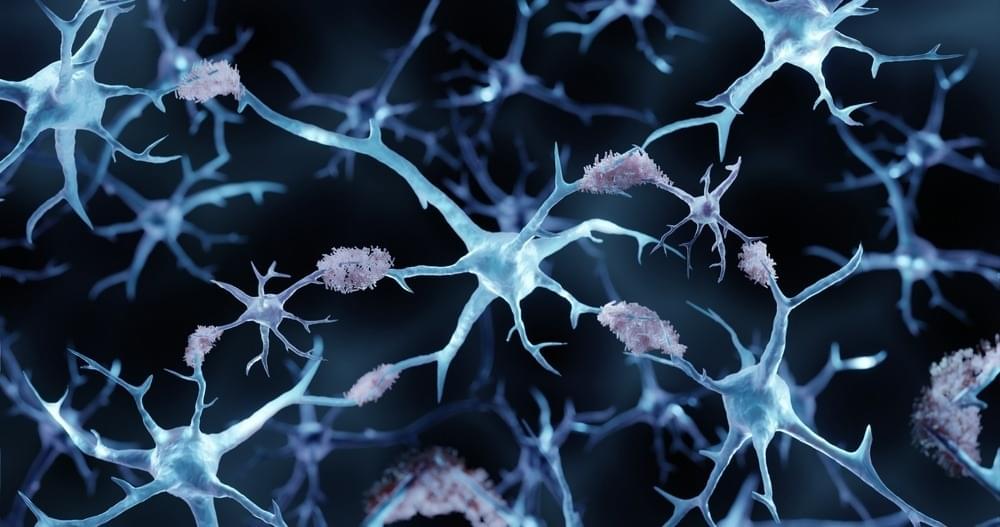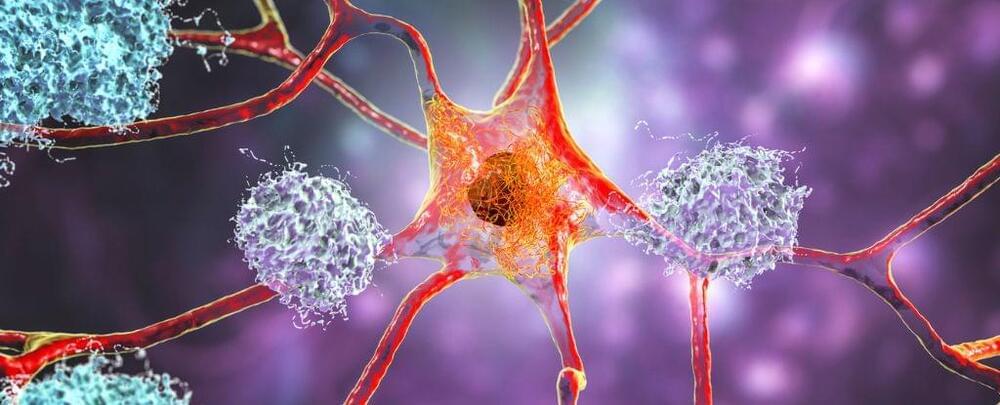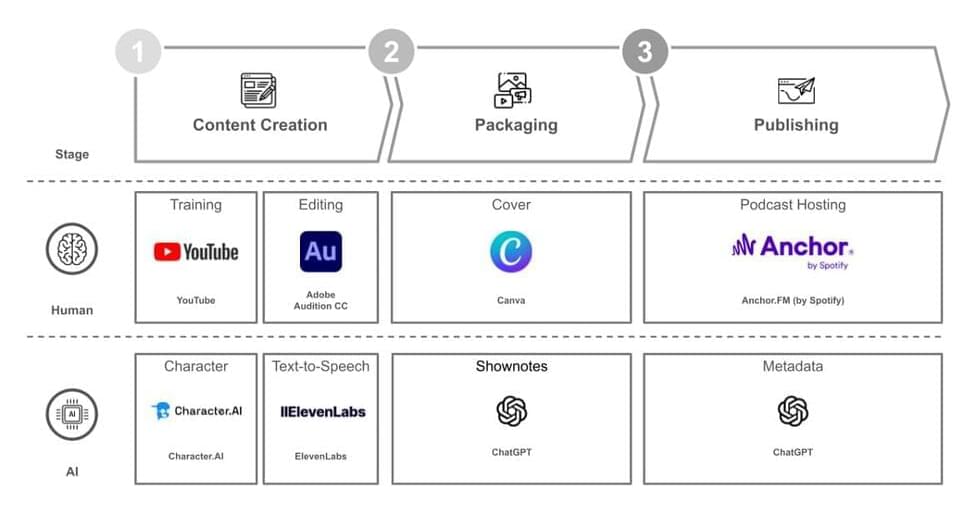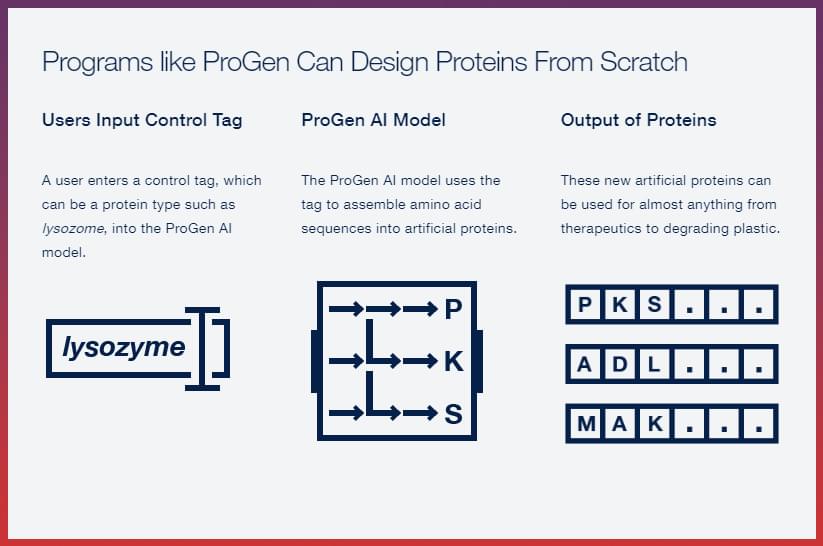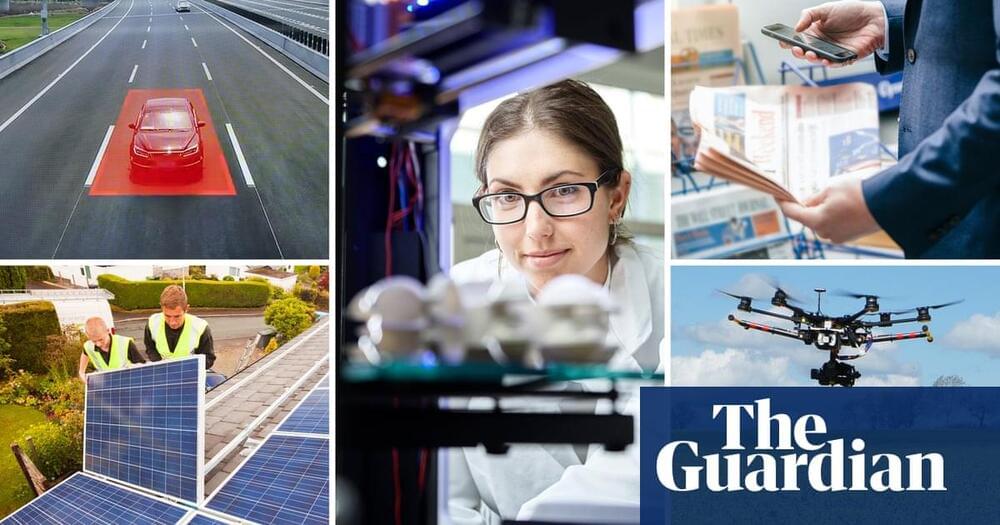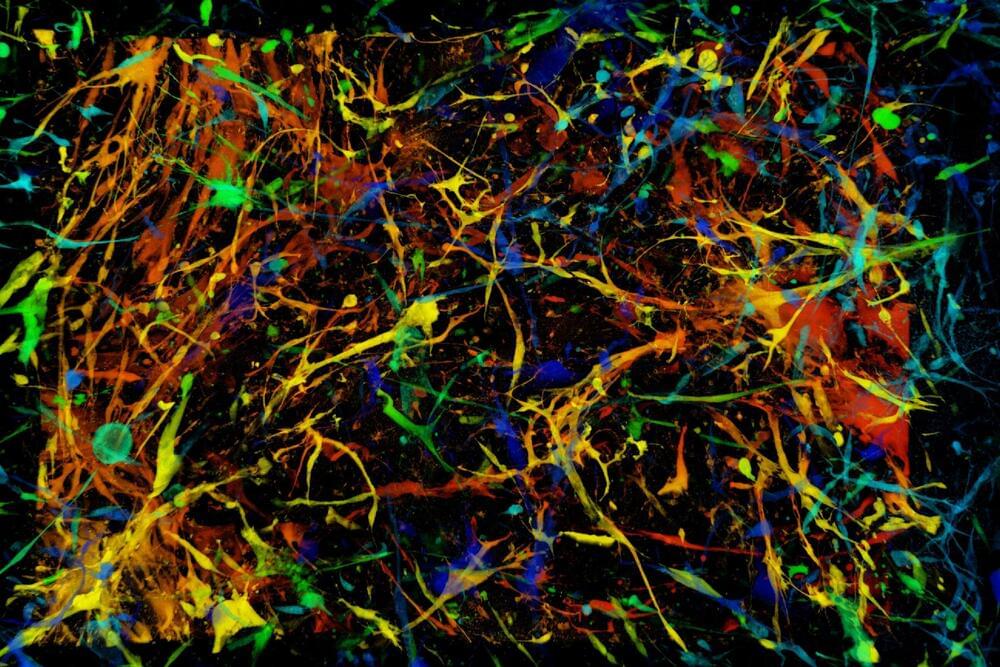In a recent study published in Cell, researchers presented eight hallmarks of neurodegenerative diseases (NDDs), their in vivo biomarkers, and interactions to help categorize NDDs and specify patients within a specific NDD.
Despite being linked to rare genetic forms, all eight NDD hallmarks (cellular/molecular processes) also contribute to sporadic NDDs. In addition, they contribute to neuronal loss in preclinical (animal) models and NDD patients, manifesting as an altered molecular (hallmark) biomarker.
An NDD patient could have defects in multiple NDD hallmarks. However, the primary NDD hallmark depends on the NDD insult and the neuronal susceptibility and resilience, i.e., one’s ability to handle insults in the affected brain region.
